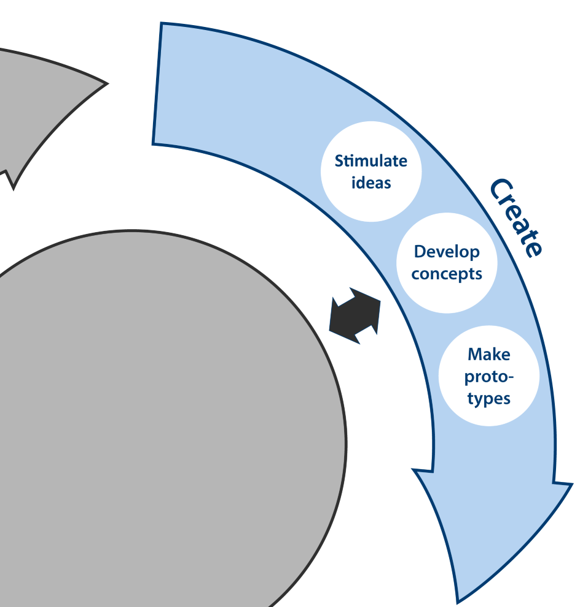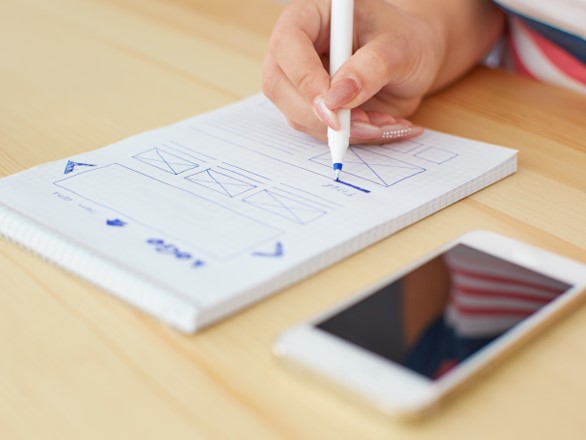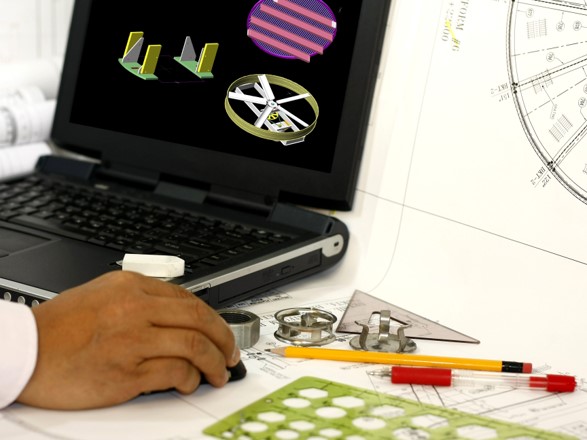This page describes activities within the Create phase of the design cycle. These activities focus on creating possible solutions to meet the needs and criteria identified in the Explore phase. They range from producing initial ideas, to developing them into prototypes that can be tested.
On this page:
Create activities answer the question ‘How can the needs be met’. Go to full map.
Stimulate ideas
Stimulating ideas is about setting up a creative environment in order to break out of established ways of thinking. The human brain is extremely good at recognising patterns. However this fixation with patterns can impede lateral thinking, and most creative tools use techniques to help thought processes break away from existing solutions.
Some key principles to keep in mind during this activity include the following:
- Don’t get stuck in old ways of thinking: listing and then challenging assumptions about how things are done can help with this
- Start by trying to get as many ideas as possible, and avoid making judgements too early on
- Encourage wacky ideas, look for inspiration in unusual places, and ask ‘How else could it be done?’. Make sure to record all the ideas (clearly) to help with further discussion, and with choosing and building on ideas.
Once a good number of ideas have been generated, it can be helpful to group them to draw out key themes. Producing an initial prioritisation of ideas can also be useful, e.g. using anonymous voting by relevant stakeholders. Evaluation activities can also be used at this stage to inspire further creativity.
Further information
- The Mind Tools website has a section on Creativity Tools which describes a range of different methods to help with idea generation
- The mycoted website has a section on Creativity and Innovation Techniques which provides an introduction to a range of tools and techniques for idea generation, and for converting these ideas into reality
Develop concepts
Developing concepts is the process of combining together different ideas to make a complete solution that could satisfy all of the user and business needs identified within the Explore phase of the design cycle.
Although closely linked with making prototypes, the primary purpose of concept development is to consider how different ideas may be combined. In contrast, the primary purpose of making prototypes is to enable testing, refinement and communication.
Concepts can be described according to the ideas that they combine together. A systematic approach to concept development first involves grouping the underlying ideas that are related. A starting set of concepts can be created by selecting one idea from each group, either through purposeful selection, or randomly.
The set of concepts can then be improved by substituting, combining or eliminating different ideas from each of the groups. Grouping ideas has the additional benefit of identifying areas where few ideas have been generated, which helps to stimulate further ideas.
Concepts should initially be prioritised using an agreed set of criteria, such as those identified for use in the Evaluate phase. The prioritisation should be done in consultation with relevant stakeholders, identified in the Explore phase.
Make prototypes
Making prototypes involves producing physical or virtual demonstrations of a concept. Prototypes have various different purposes, including communicating the potential look and feel of the product to a client, user or others in the design team. Prototypes are also used to enable evaluation and refinement of the concept, perhaps by simulating how an interaction would occur. They can also be used to demonstrate technical feasibility or explore means of production.
Different kinds of prototypes are best suited to different objectives. For example, a sketch or cardboard model may be adequate for communicating look and feel, but not for demonstrating technical feasibility. It is often the case that multiple different prototypes are required to fulfill different purposes.
Prototypes can include sketches, as well as models constructed with paper, cardboard, foam and computer software. Interactions can also be prototyped using combinations of these methods, together with someone who manipulates the materials to stimulate the behaviour of a fully working system.
Prototypes are often thought of as expensive, high fidelity demonstrations of finished concepts. However quick tests with rough prototypes can be used to gain vital feedback before all the important decisions are finalised. They can help the design team to spot critical issues and in some cases can be instrumental in determining whether to continue with or stop a project.
Feedback
We would welcome your feedback on this page:
Privacy policy. If your feedback comments warrant follow-up communication, we will send you an email using the details you have provided. Feedback comments are anonymized and then stored on our file server. If you select the option to receive or contribute to the news bulletin, we will store your name and email address on our file server for the purposes of managing your subscription. You can unsubscribe and have your details deleted at any time, by using our Unsubscribe form. If you select the option to receive an activation code, we will store your name and email address on our fileserver indefinitely. This information will only be used to contact you for the specific purpose that you have indicated; it will not be shared. We use this personal information with your consent, which you can withdraw at any time.
Read more about how we use your personal data. Any e-mails that are sent or received are stored on our mail server for up to 24 months.





